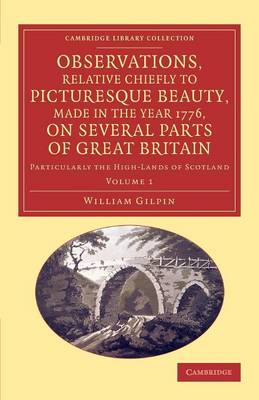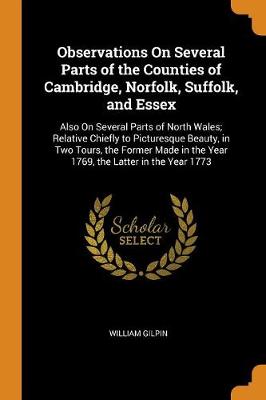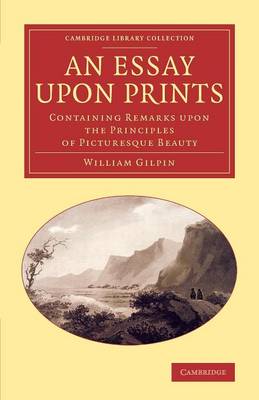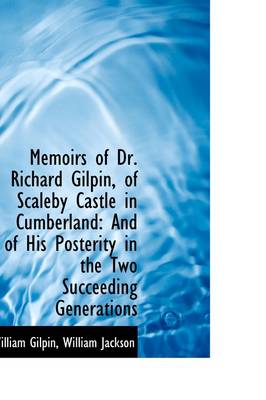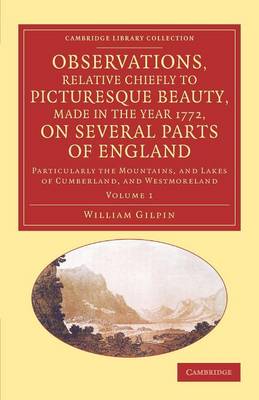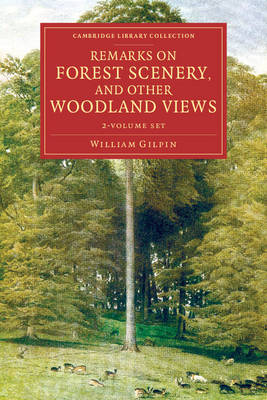Cambridge Library Collection - Art and Architecture
2 primary works • 15 total works
Volume 1
Volume 2
Observations on Several Parts of the Counties of Cambridge, Norfolk, Suffolk, and Essex
by William Gilpin
Memoirs of Dr. Richard Gilpin, of Scaleby Castle in Cumberland
by William Gilpin
Observations on the River Wye, and Several Parts of South Wales, &c.
by William Gilpin
Observations on the Western Parts of England, Relative Chiefly to Picturesque Beauty
by William Gilpin
Observations on the Coasts of Hampshire, Sussex, and Kent
by William Gilpin

